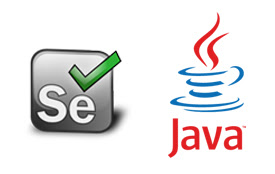What are Java Modifiers and Operators?

1. Java Modifiers Mo difiers are Java keywords that are used to declare features in applications. They affect either the lifetime or the accessibility of a feature. A feature may be a class, a method, or a variable. Modifiers that affect the visibility of a feature are called access modifiers or visibility modifiers. The remaining modifiers do not fall into any clear categorization and may be called storage and lifetime modifiers. Java modifiers are of two types : Access Modifier Non-Access Modifier 1.1. Access Control Modifiers Java provides a number of access modifiers to set access levels for classes, variables, methods, and constructors. The four access levels are: Default Public Private Protected 1.1.1. Default Accessible within the same package only . No modifiers are needed.









.png)



